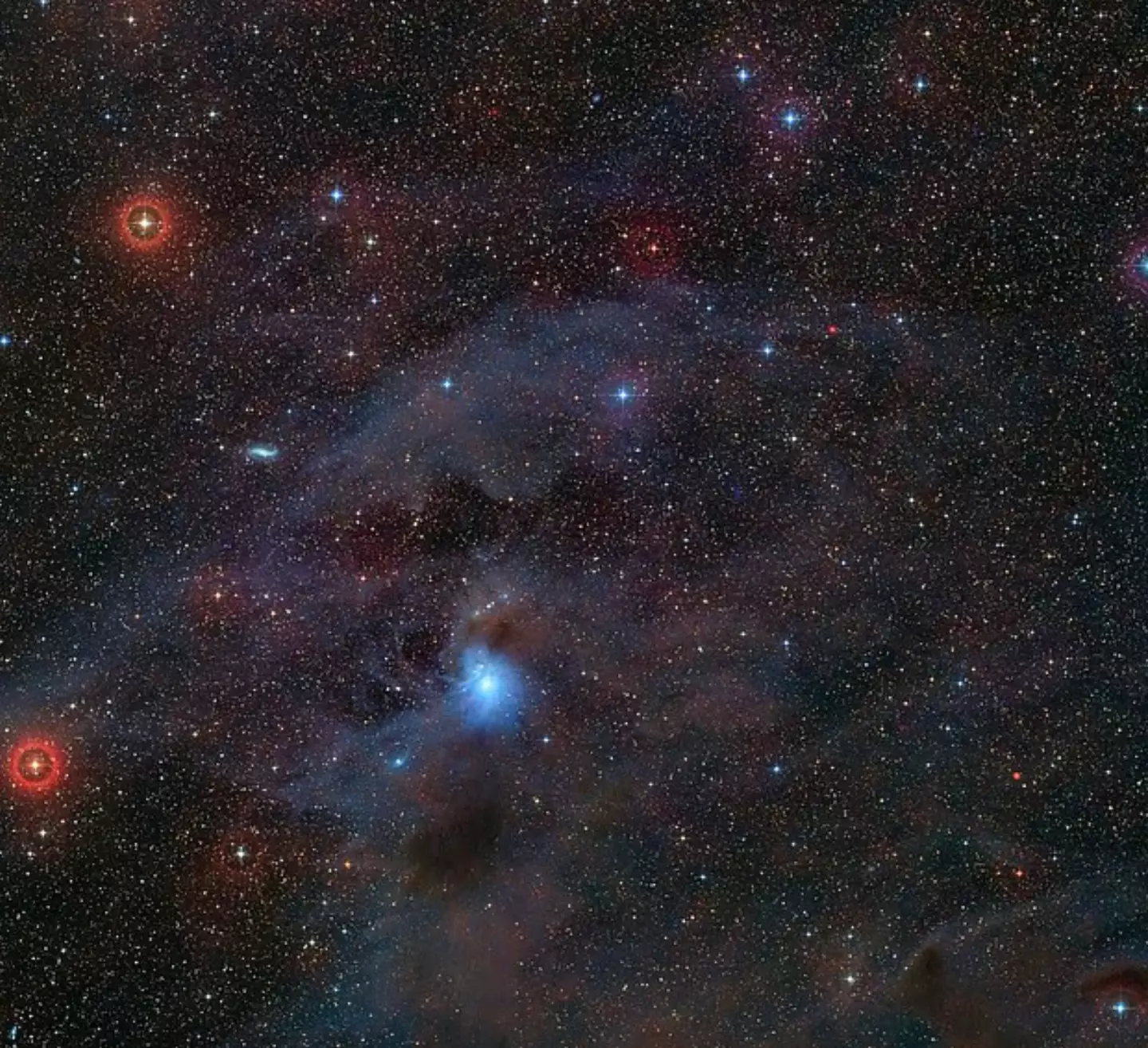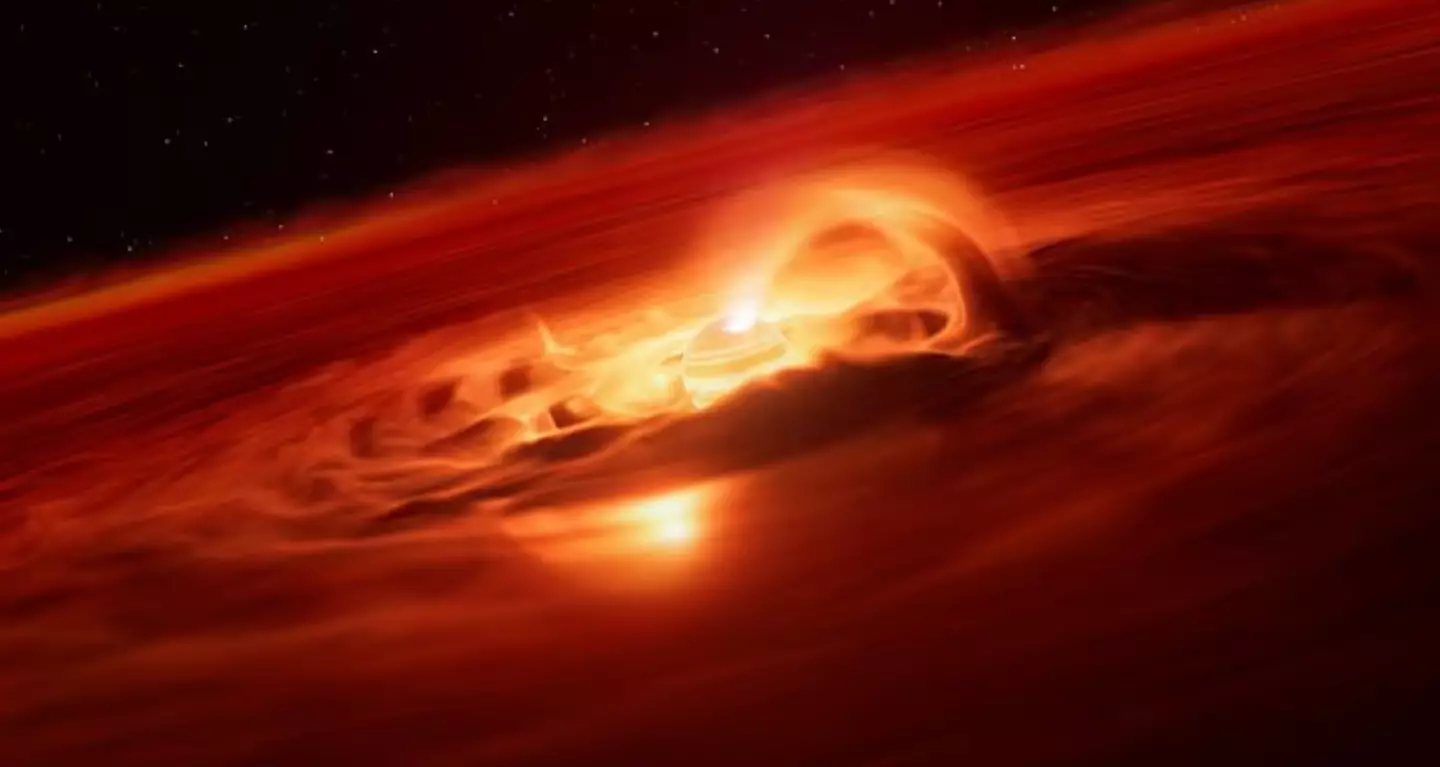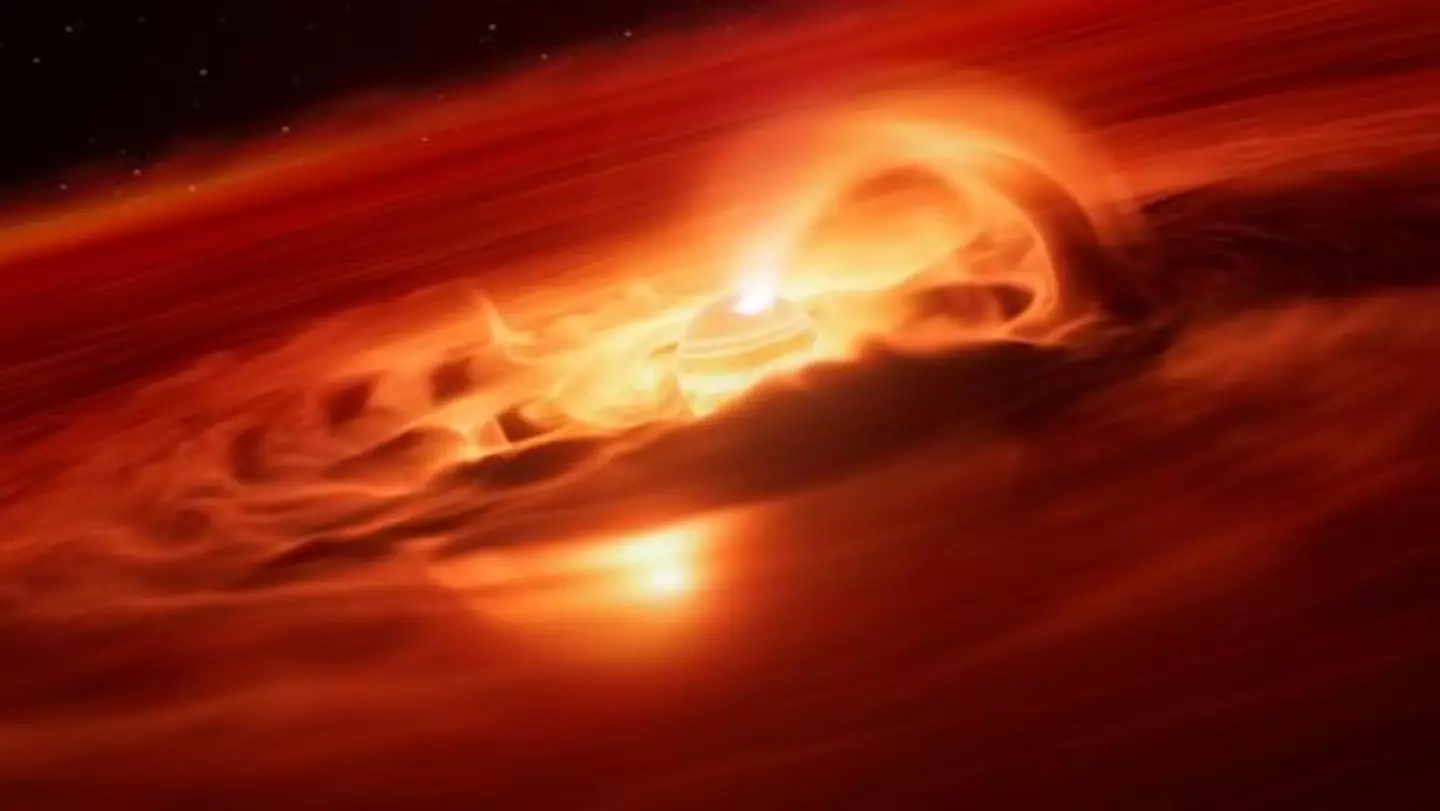Scientists have been puzzled by a ‘rogue’ planet undergoing an unprecedented rapid expansion.
Although much is known about our solar system, astronomers are continually uncovering new information about distant celestial bodies.
Recently, researchers have been studying a planet located approximately 620 light-years from Earth in the Chamaeleon constellation using the European Southern Observatory’s Very Large Telescope in Chile. This planet has intrigued them greatly.
The planet, known as Cha 1107-7626, does not orbit a star but has caught scientists’ attention due to its consumption of a staggering six billion tonnes of gas and dust every second.
A European scientific study, featured in The Astrophysical Journal Letters, revealed that this planet is about five to ten times the mass of Jupiter and is growing at a remarkably swift pace.
The planet’s growth is reportedly eight times faster than observed just months prior, making it the fastest planetary growth spurt recorded to date.

Víctor Almendros-Abad, an astronomer at the Astronomical Observatory of Palermo and the lead author of the study, stated: “People may think of planets as quiet and stable worlds, but with this discovery we see that planetary-mass objects freely floating in space can be exciting places.”
Despite gaining insight into the size of this ‘rogue’ planet, numerous questions remain unanswered.
Aleks Scholz, an astronomer at the University of St Andrews in the UK and a study co-author, commented: “The origin of rogue planets remains an open question: are they the lowest-mass objects formed like stars, or giant planets ejected from their birth systems?”
Cha 1107-7626 appears to be growing similarly to a young star, consuming everything within its reach. Young stars are also known for experiencing sudden growth spurts.
Like stars, the planet’s magnetic field—unusually strong given its mass—has aided in its acquisition of surrounding material.
This voracious consumption seems to have altered its chemical makeup. Initially, researchers detected water vapor, but after the growth spurt, it became undetectable. This behavior is more characteristic of stars.

Belinda Damian, another co-author, noted: “This discovery blurs the line between stars and planets and gives us a sneak peek into the earliest formation periods of rogue planets.”
Dr. Scholz, in an interview with the Daily Mail following the study’s publication, provided further context to these findings.
“This rogue planet is pretty much finished with its growth,” he explained. “The really strong growth spurts would have happened earlier, while the object was still enshrouded in dust and gas, invisible to us.”
He continued: “When we can observe them, they are already close to the finished products. The really exciting early evolution happens when they are embedded in a thick cloud.”

